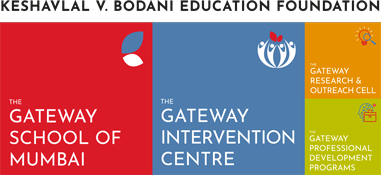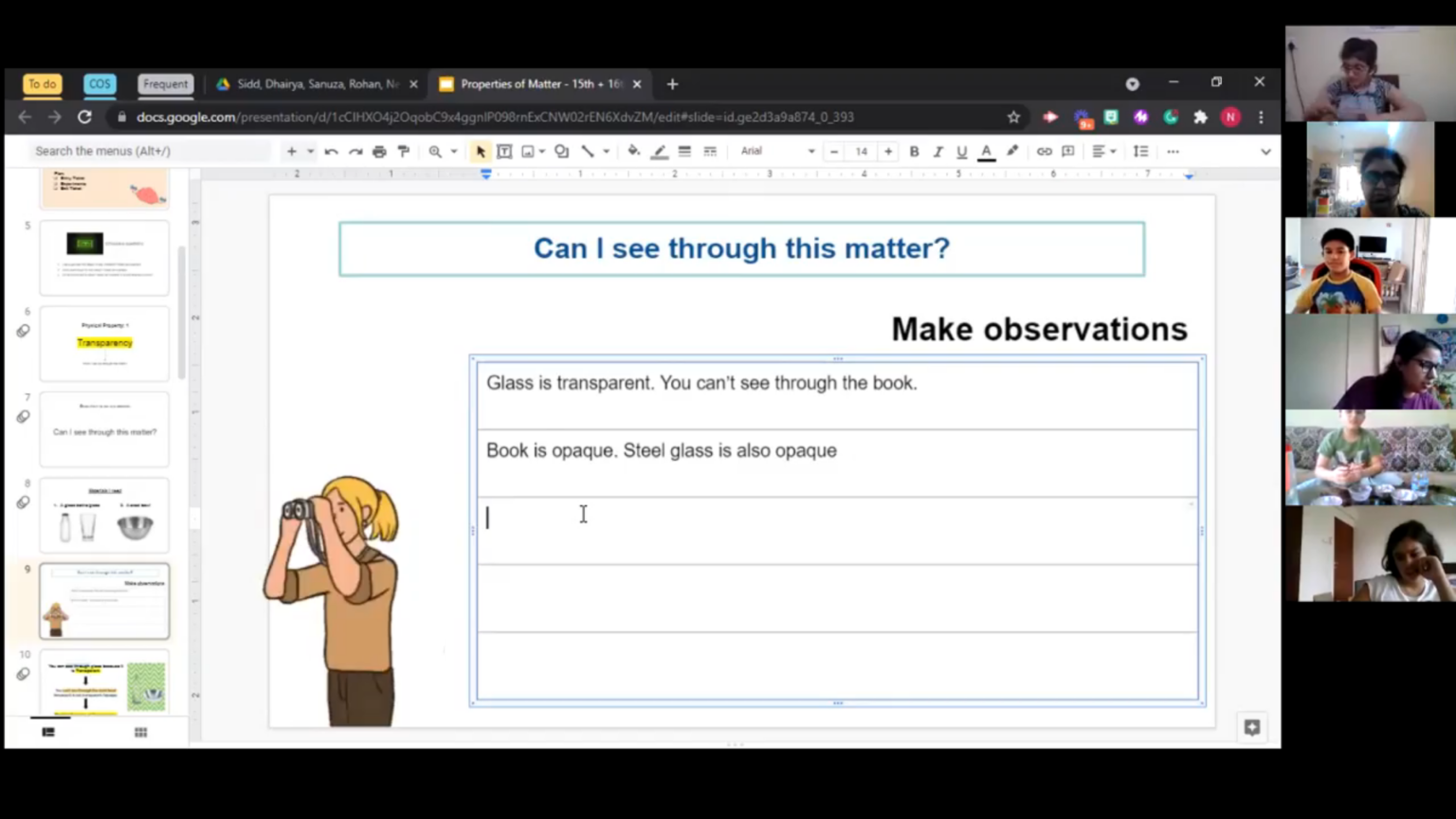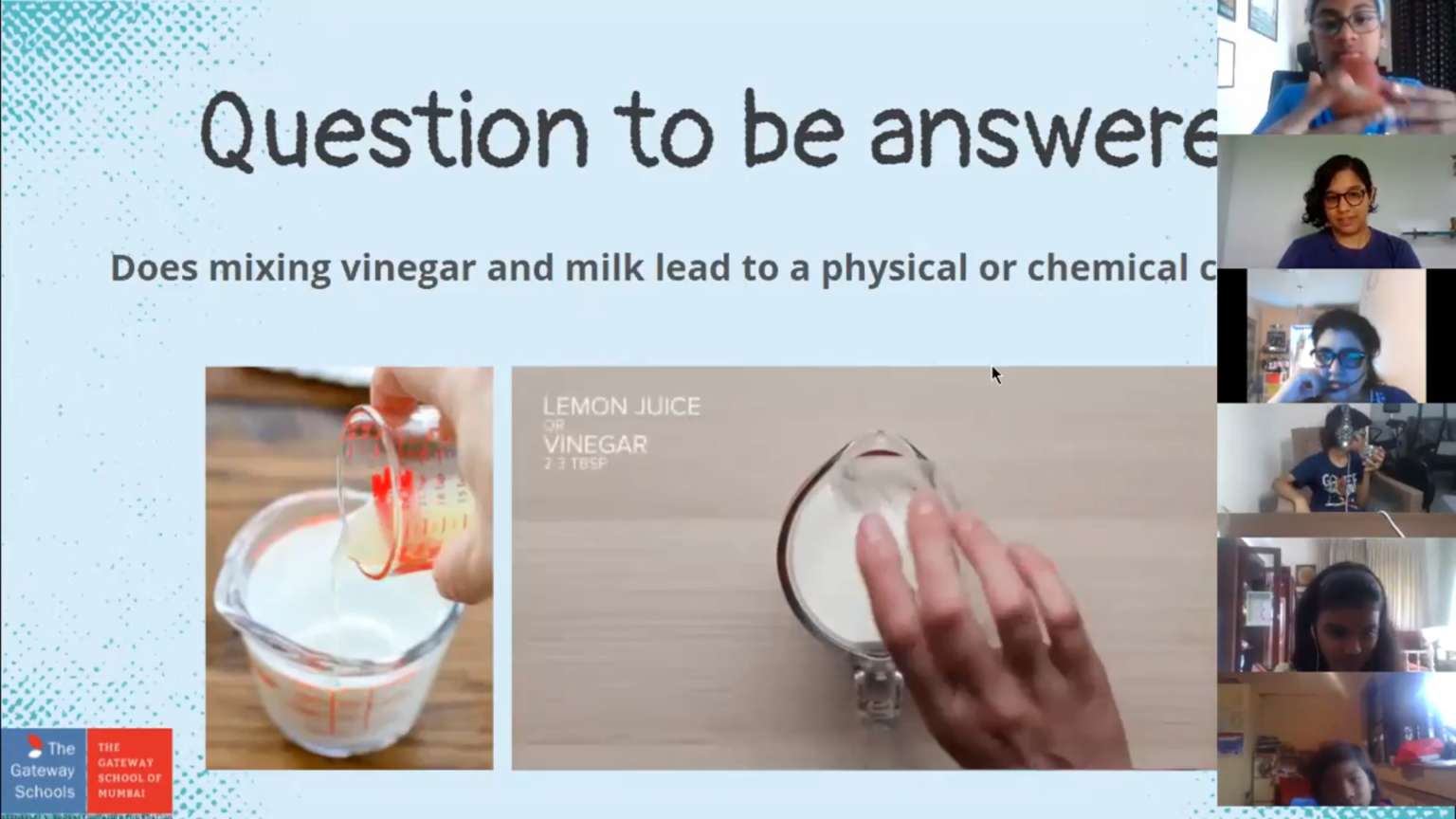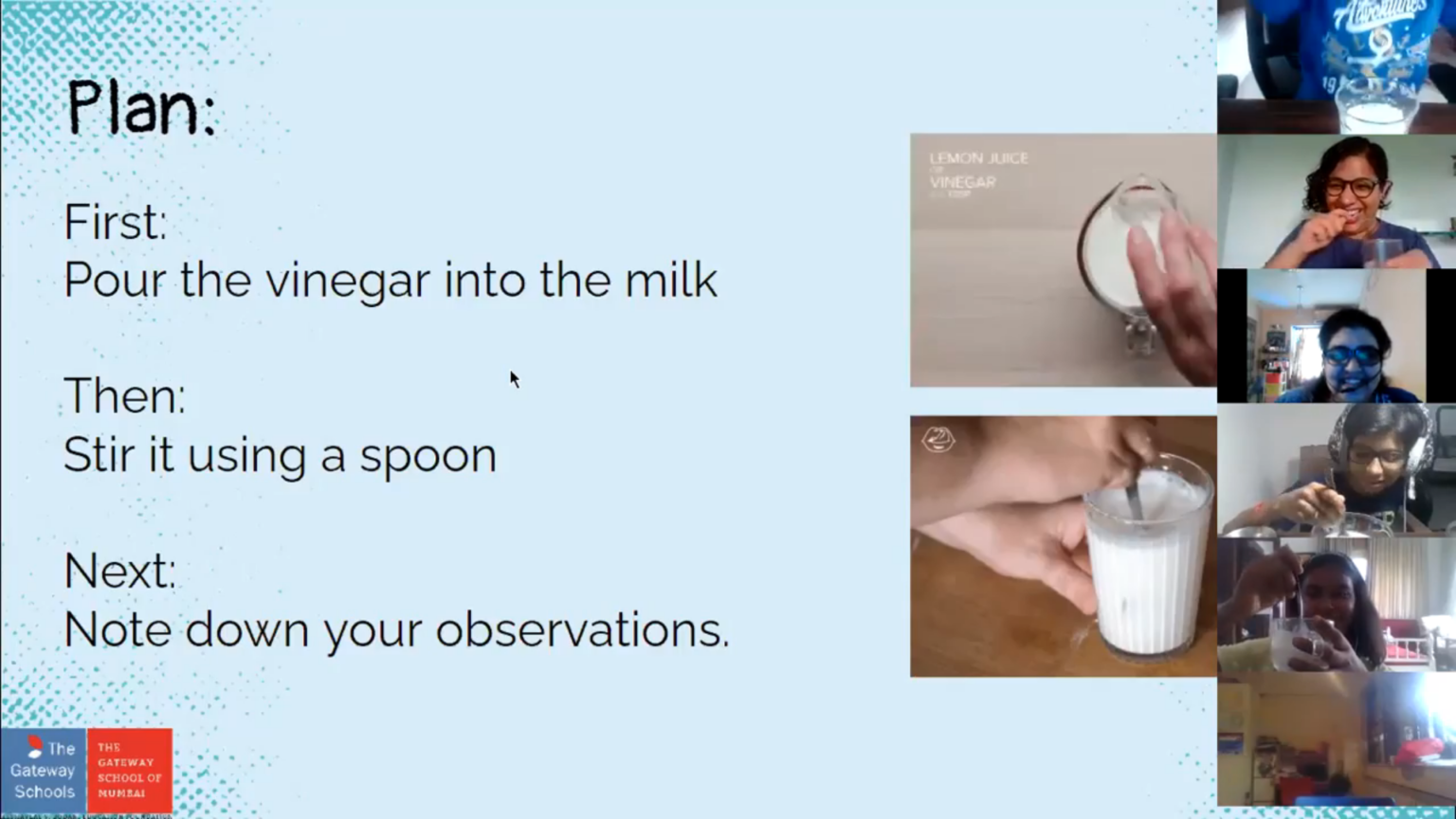The students developed the skills to make predictions, perform experiments, identify the type of change (physical change or chemical change) and draw conclusions based on their observations. The students learned the science behind the way matter behaves under different circumstances.
| Enduring Understanding | Humans use their understanding of matter to make practical applications |
| Level | Middle School (11-14 years) |
| Disciplines | Social Science, Language Arts |
Description
The enthusiasm through the duration of this unit on matter was surreal. The students engaged in hands-on activities through the unit using simple materials and ingredients that were easily available in their homes. They developed the skills to make predictions, perform experiments, identify the type of change (physical change or chemical change) and draw conclusions based on their observations.
The unit on matter was an integration of Science and Language Arts. The students learned the science behind the way matter behaves under different circumstances and to manipulate matter through its different states (solid, liquid, gas). As a part of the Language Arts, the students learned a sequencing structure (First, next, then, finally) to present their observations.
Deliverables
The students played the role of a scientist while performing an experiment that displayed a physical or a chemical change. They used a scientific method to investigate using a plan, materials, and a record sheet which contained the following prompts:
- Ask questions
- Make predictions
- Observe
- Draw conclusions
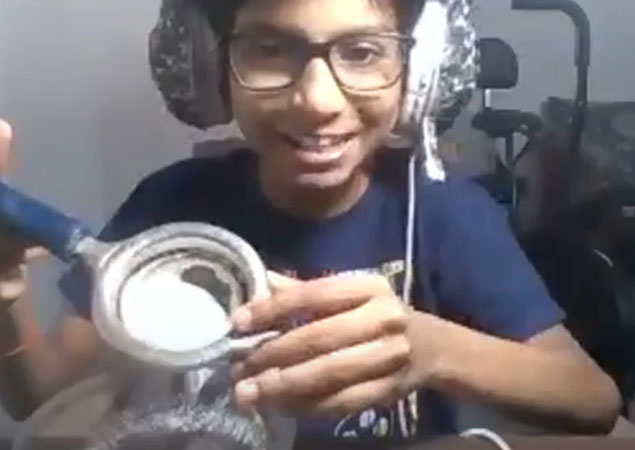
Project Learning Goals
- To observe and understand the properties of solids/ liquids and gases
- To compare the features of solids, liquids, and gases
- To learn the processes involved in changes of state of matter
- To understand the difference between physical and chemical changes
Scaffolding & Differentiation
The class was divided into two groups based on their abilities to handle complex concepts, inference, and make predictions. The differentiation was done on the basis of the complexity of the experiment.
Group A:
1. Differentiated classroom activities were provided with sentence starters and guided questions. For example, “I notice that ___________________. I think it’s a ______________ change because ____________.”
2. The experiments that the students had to perform had fewer steps with guided instructions as support for the students who needed it.
ASSESSMENTS
Students were presented with a question, “Is mixing tissue paper in the water a chemical or a physical change?”
Students used the skills of critical thinking that were explicitly taught and modeled for them in class. They had to ask questions, make predictions, conduct experiments, make observations, and draw conclusions.
